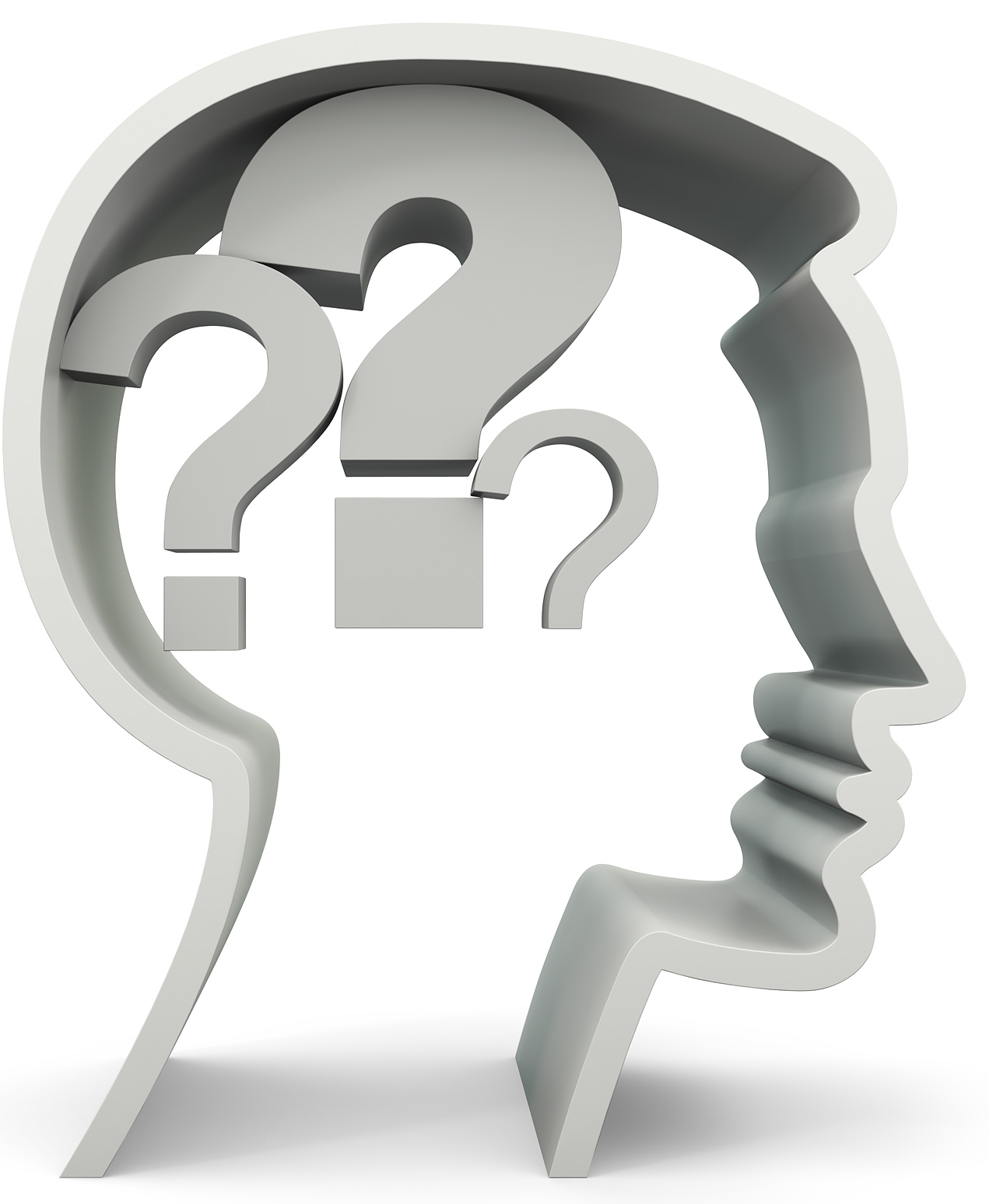I am a bit on my own with understanding Communication (PH5 in my taxonomy). In a small boat in a vast ocean with a lot hanging on my ability to think clearly and not fool myself.

I like to allow a new taxonomic framework to get clarified in phases over several years. There are periods of forgetting, mulling, intense revision, frustration, even disgust and blinding insight—see blog on my cycles of insight and illusion. If I'm lucky, I come across a book where someone has done most of the work for me. Remember that I have never claimed originality in ideas, only a new way to order well-established ideas. But that means reading lots of books.
Understanding communication requires the same lengthy treatment. I remember reading books on linguistics in the 1970's. But I first looked properly at communication in the 1980's in relation to Jaques levels-of-work ideas. I last looked at it properly around 2009-2010 when I was concerned to get some comfort that I would not end up being mocked by my website challenge of empty frameworks.
To my surprise I had somehow intuited a sense of the 7 approaches to using language early on. I can't remember now just how. Dammit! Anyway, back in 2009 I worked on these approaches in some detail. But now that I look at my notes, much of it is not precise enough and i don't like all my previously assigned formal names.
A big problem here is that Communication does not seem to be like Action and Inquiry where paradigms have emerged over the centuries and been honed further in the 20th century. For some reason, to the best of my knowledge, after T.P. Waldron penetratingly noted that people are differentiated most by how they use language, no one has systematically examined the various ways. At least someone has recognized that communication is psychosocial in nature.
Once the 7 absolutely distinct methods for using language have been identified I then have the challenge to plot them on my special 2x2 Table, the TET. The thing about a TET is that it reveals affinities between methods—probably those similarities which make it difficult for us to notice or distinguish methods initially. Language creates reality and it creates our groups and explicit awareness. So reflecting on it beyond affirming your own preferences (i.e. your values system mindset) is difficult. I have gone about this by appealing initially to examples. You, the reader, can look at these and see whether my formulations work or not. You can try reassigning if you want: I'm pretty sure that won't be possible.
As always, the TET helps us see how all the systems are used simultaneously in society in relation to common situations e.g. accepting a painful truth (or denying history). It can be both illuminating and disturbing.
You may recall in achievement and employment, the one framework had to serve two distinct perspectives: the management's and the employee's, with the little twist that the management are employees too! The management often likes to forget that. Here language is used for both handling reality and handling the group, with a parallel twist that the group wants to handle reality and ignore its own dependence on language. So, at present, it looks likely that there will be two spirals and two spiral trees.
However there is an issue of priorities in proceeding: I think I would like to post something that I am very confident about. I am pretty sure about the levels of work-responsibility in society that emerge from the methods for using language. Do you see why work has to be based in using language? To do work you have to change reality. That means you have to make sense of it for yourself and for others whom you instruct or lead or follow or cooperate with.
Anyone can make sense of anything of course—especially when it doesn't matter much. But your method for using language shapes and constrains how you naturally do that when you are being held to account by others. It turns out that people differ greatly in their use of language to make sense when it comes to working persistently, responsibly and creatively.
This part of Communication-RL5/PH5 includes frameworks that have been extensively validated in my consulting work with organizations. My observations were stimulated initially by Elliot Jaques' magnificent A General Theory of Bureaucracy—work that has been validated over decades in many countries—so I have some independent confirmation there.
That will allow my initial work on ways of using language and the TET to settle. I expect to receive helpful suggestions, questions and criticisms. Then I will either return to give «groups and their reality» a shot or tackle «how we understand» and/or «being understood»
So that's where matters stand. Meanwhile for the next few months, postings on existence and goodness will continue with me making last minute minor amendments.
See you here next week.
WK
PS for Members. I have added some levels of work material to the
Legitimating Authority section of the
Expectations of Employment framework. See details and links in the
Rostrum under
Deciding & Achieving.
About
Warren Kinston